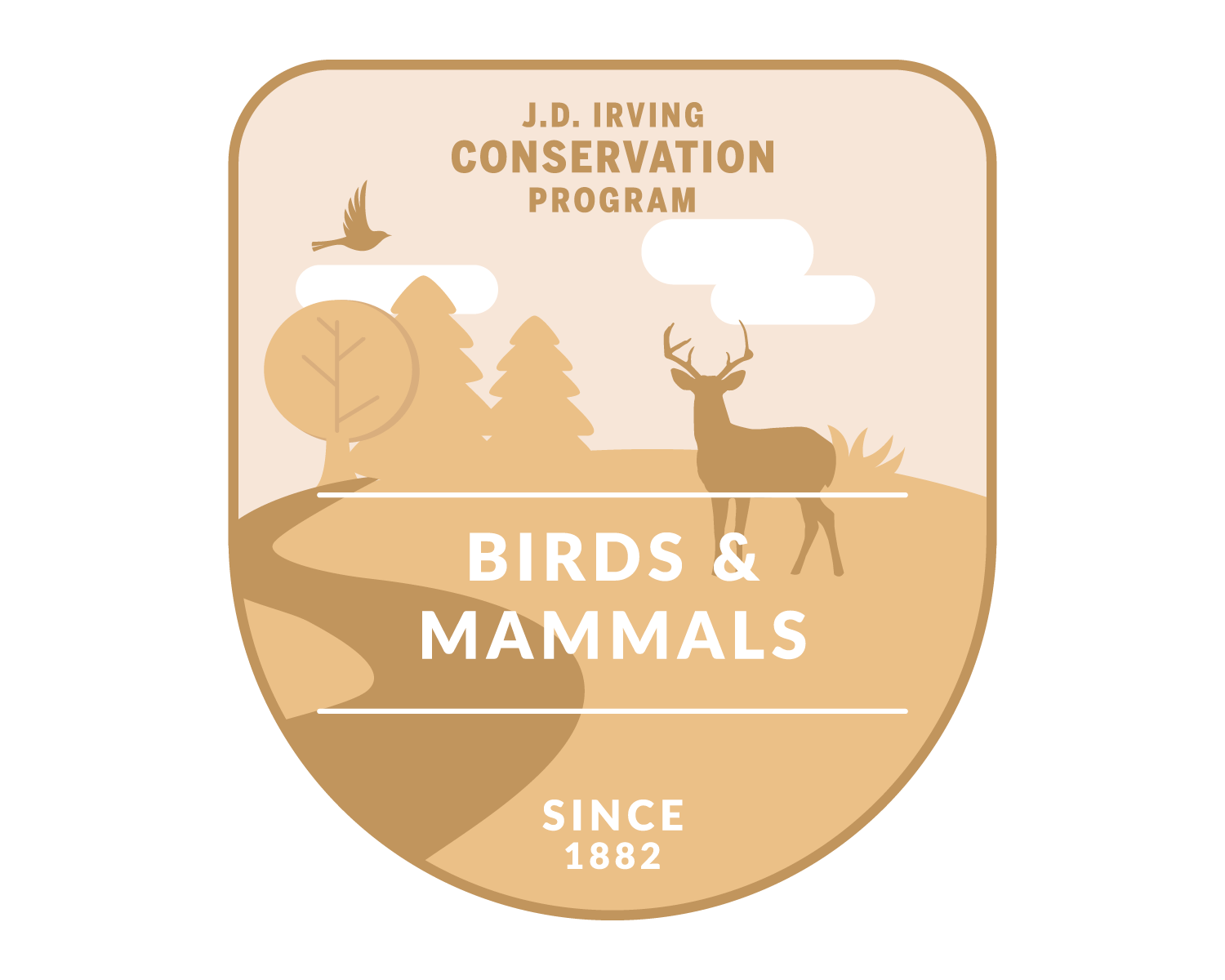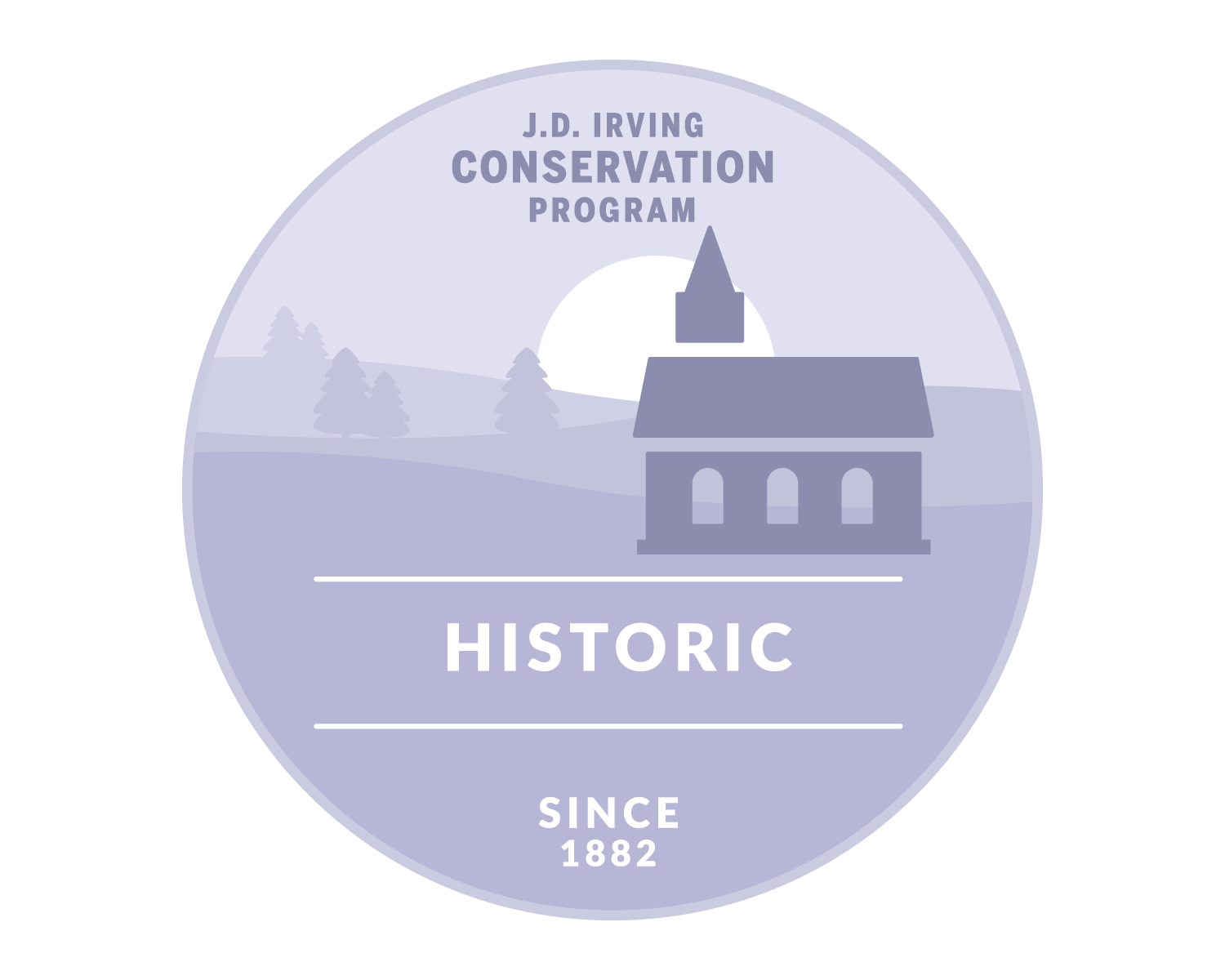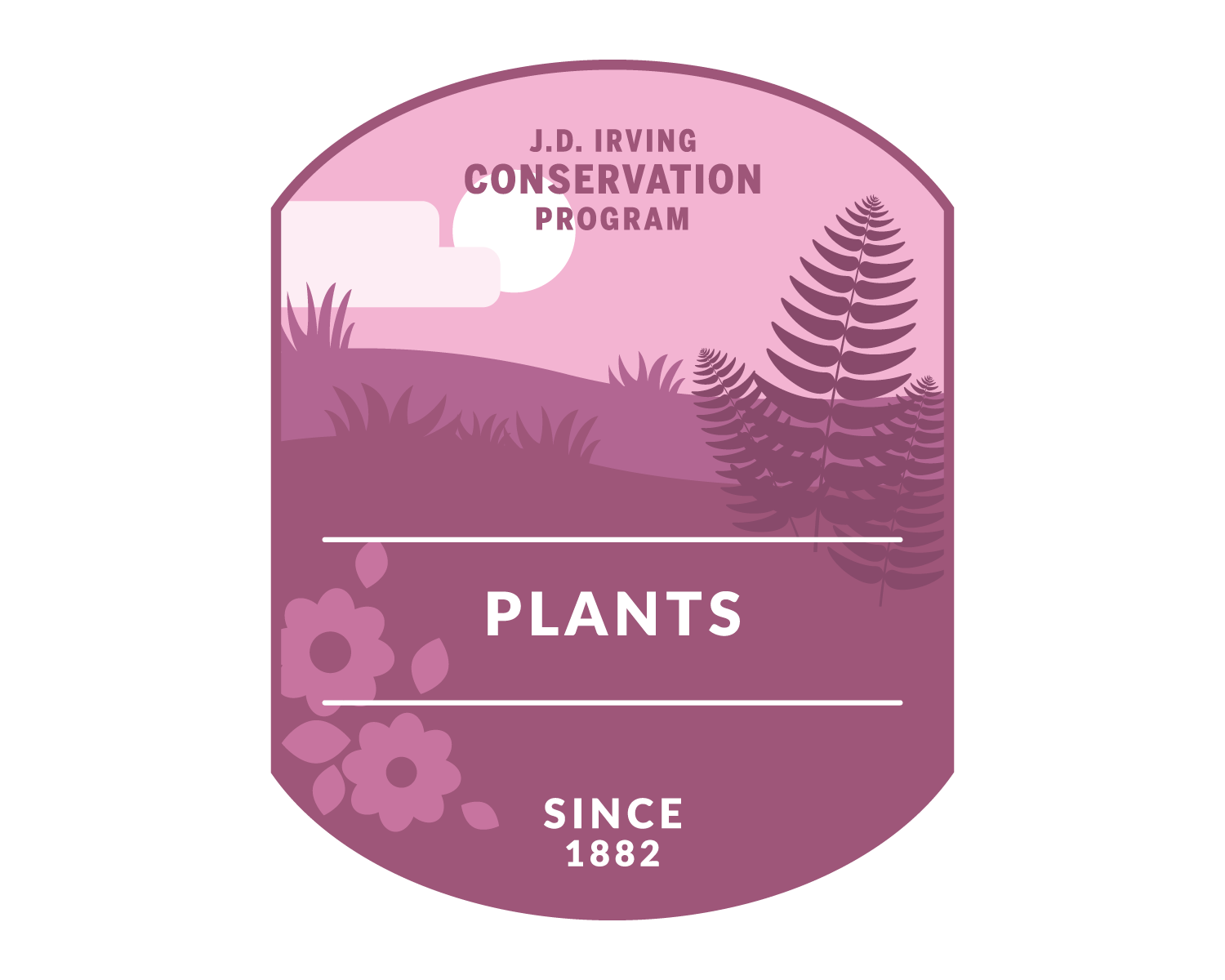BIRDS & MAMMALS
AT LA DUNE DE BOUCTOUCHE

BIRDS & MAMMALS
Since 1974, the Canadian Wildlife Service has conducted shorebird surveys in Atlantic Canada during the spring and fall migration months. The Bouctouche Dune is one of these sites, where censuses have been done for 24 years and it is also part of Important Birds Areas (IBA).
The Piping Plover is a small migratory shorebird that nests on sandy and gravel beaches. The bird’s plumage is primarily the colour of dry sand, which camouflages well with its habitat. Often, the Piping Plover’s plaintive peep-lo whistle can be heard before the bird can be seen. These birds migrate north to the Atlantic Provinces from mid-April to late May to breed.
The Ruga Red Knot is a medium-sized shorebird that migrates annually between its breeding grounds in the central Canadian Arctic and several wintering regions. The Red Knots use key staging and stopover areas like the Bouctouche Dune to rest and feed. They can travel up to 19,000 miles annually, which makes one of the longest distance migrations. Along the Atlantic coast, dynamic and ephemeral (lasting only briefly) features are important red knot habitats, including sand spits, islets, shoals, and sandbars.
Another shorebird that visits the Dune, the Least Sandpiper undertakes some amazing migratory feats every fall. These birds feeding on local mudshrimp (corophium) will almost double their weight in about a week before heading to their South American wintering grounds in a 3-4 day non-stop flight.

